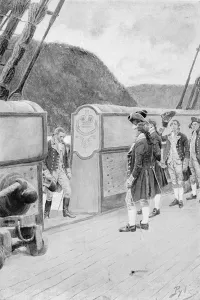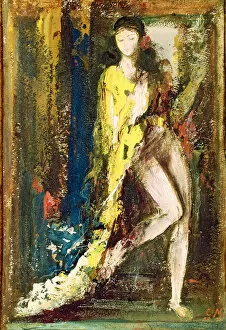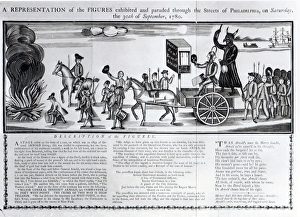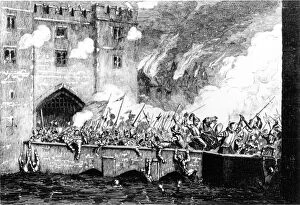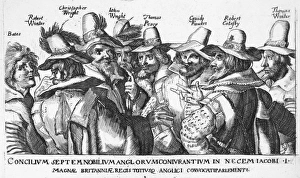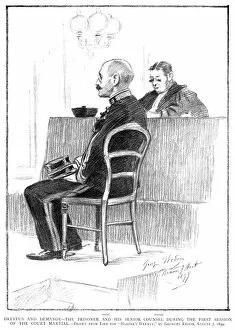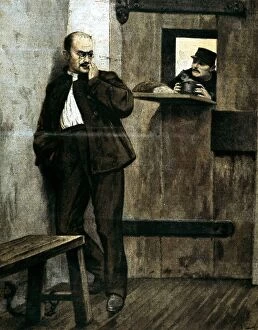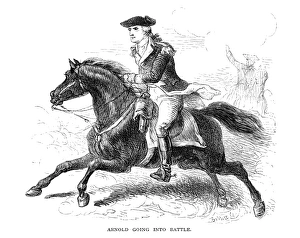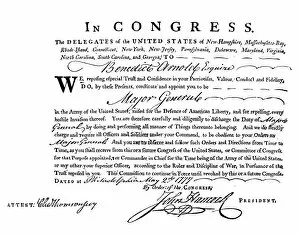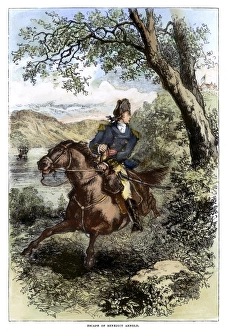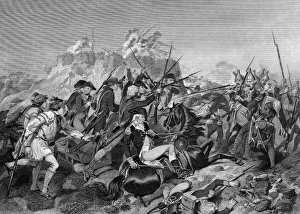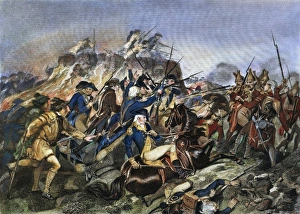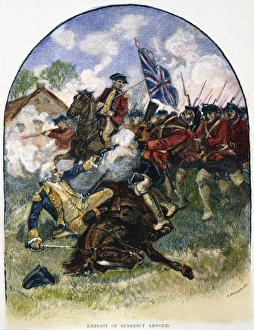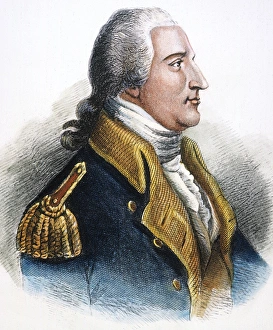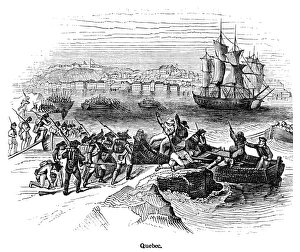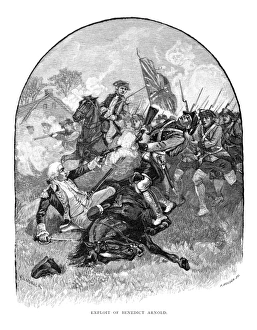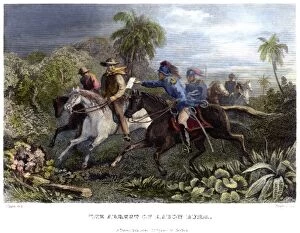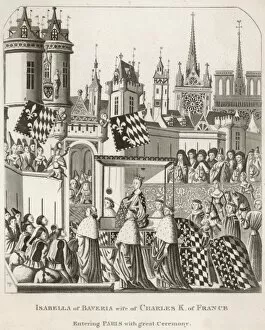Traitor Collection (page 7)
"Traitor: A Legacy of Betrayal and Deception" In the annals of history, the concept of a traitor has always struck fear into the hearts of nations
All Professionally Made to Order for Quick Shipping
"Traitor: A Legacy of Betrayal and Deception" In the annals of history, the concept of a traitor has always struck fear into the hearts of nations. From ancient times to modern-day espionage, betrayal has left an indelible mark on our collective consciousness. Propaganda posters with powerful slogans like "careless talk costs lives" remind us that even seemingly innocent conversations can have dire consequences. The specter of treason looms large in our minds as we recall infamous events such as Guy Fawkes and the Gunpowder Plotters' failed attempt to blow up Parliament in 1605. The Kiss of Judas, depicted in a mosaic capturing scenes from the life of Christ, serves as a haunting reminder that treachery can come from those closest to us. Just like Benedict Arnold persuading Major John Andre to conceal plans within his boot during their fateful meeting in 1780, loyalty can be shattered by personal gain or misguided ideals. History is rife with examples like Donald Maclean, an English diplomat turned KGB spy who betrayed his country's secrets for decades. Such acts leave us questioning motives and trust within our own ranks. Inside the Tower of London, where countless traitors met their fate, we witness a chilling montage that speaks volumes about human frailty and moral ambiguity. Even legendary figures like Lancelot were not immune to madness brought on by guilt or disloyalty. The arrest of Guy Fawkes by Sir Thomas Knyvet stands as a testament to justice prevailing over treachery. But it also reminds us that vigilance is necessary to protect against those who would undermine stability and security. Not all betrayals occur on grand stages; sometimes they unfold quietly behind closed doors. Sir Walter Raleigh laying his cape over a puddle for Queen Elizabeth I may seem chivalrous at first glance but masks deeper intentions—political maneuvering driven by personal ambition.





